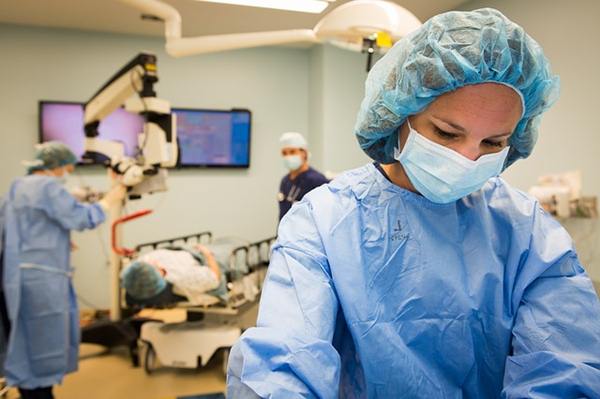Let’s face it—losing weight and keep it off is anything but easy. Staying motivated to exercise and eat healthy is even tougher, especially when disappointing results become a part of your routine.
The bottom line is simple, but equally frustrating: Mainstream’s go-to health philosophy of “eating less and exercising more” is just a vague solution to a complex problem. Each individual is unique to his or her genetic makeup, which affects the metabolic process, bone structure,athleticness, hormones, injury proneness, cognitive motor skills, etc.
For many who struggle to burn off excess fat accumulating on the abdomen, flanks, thighs, and other areas of body—eating right and exercising consistently can only do so much to help.
Contemporary advancements in cosmetic medicine have opened a door of possibilities for individuals to experience a more fulfilling and happier lifestyle. Liposuction, for example, is one such way doctors can alleviate the pain, frustration and emotional hardship that excess body fat relentlessly and undeservingly affects individuals, in which diet and exercise remain obsolete to help treat.
What is liposuction?

Liposuction is apopular cosmetic procedure that removes unwanted deposits of excess fat from: under the chin, neck, cheeks, upper arms, breasts, abdomen, buttocks, hips, thighs, knees, calves, and ankle areas.
Designed to emotionally and visibly improve a person’s body image by restoring uneven areas of excess fat and to help make them appear smoother and feel natural; additionally, patients who opt to undergo liposuction seek to improve their sexlife and performance (as a result of reducing fat deposits found near the inner thigh, thus encouraging a more natural process during intercourse.)
Here are somesurprising liposuction facts that you may not have known.
- According to the Food and Drug Administration, plastic surgeons and dermatologists mostly perform liposuction.
- Liposuction results vary from patient to patient. So, don’t become discouraged if you don’t notice an immediate difference—as it may take months to see changes.
- Don’t misinterpret liposuction as a treatment for obese patients, such as gastric bypass. A good candidate for liposuction is of average weight but endures fat deposits, which disproportionately allocate weight to certain areas of the body, which remain stagnate even with proper diet and exercise
- Ultrasound or lasers have recently been added to equipment used during liposuction, to form a procedure commonly known as laser lipo. Ultrasound helps to reduce bruising and swelling as well as can speed the recovery process.
- Since cosmetic procedures are rarely covered through insurance, your physician may be able to set up payment plan customized to benefit your financial status.
- Fat cells may be imperative as tools to fight diseases regarding future medical treatments such as heart disease, diabetes and neurological diseases. Since liposuction removes excess fat cells, you may be putting yourself at a higher risk of enduring such health conditions.
The four types of liposuction procedures include:
- Tumescent liposuction (fluid injection) – The most common type of liposuction, where a medicated solution is injected into fat excess areas before it’s removed. The solution, which is made up of a mixture of high concentrations of anesthetics and intravenous (IV) salt solution—contracting the blood vessels while numbing the area after surgery.
- The super-wet technique – Similar to tumescent liposuction, however, less fluid is injected into the designated areas. It solves as quicker process; although, mandates sedation for a painless procedure.
- Ultrasound-assistedliposuction (UAL) – Fat cells are liquefied via the use of ultrasonic vibrations, which then can be vacuumed from the fat excess area. UAL is done by either two procedures: externally (above the surface of the skin) and internally (below the surface of the skin). UAL is a procedure that takes longer than, but can benefit to remove fat from dense, fibrous areas or enlarged tissue.
- Laser-assisted liposuction (LAL) – Energy is used to liquefy fat cells. Small tubes are used to drain the watery fat-substance after being vacuumed out. LAL is mainly a procedure used to treat smaller areas of excess fat, such as the jaw, chin and cheeks. Collagen production is one unique benefit of LAL as it helps to protect against baggage post-procedure.
Image:https://pixabay.com/en/eye-surgery-female-medical-young-766166/

Leave a Reply